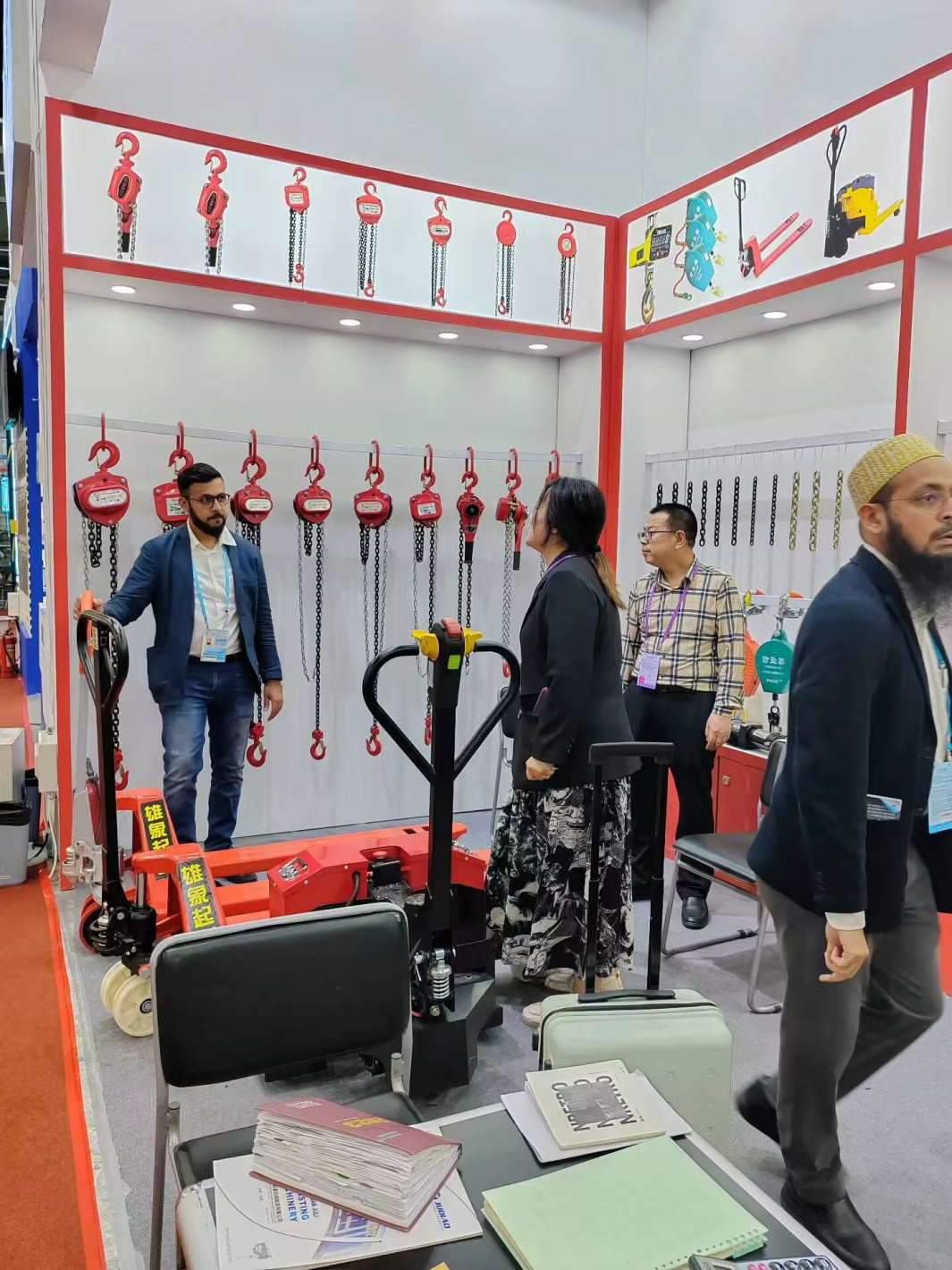


What is a Pallet Jack?
A pallet jack, also known as a pallet truck or hand pallet truck, is a vital piece of equipment in many warehouses, distribution centers, and retail spaces worldwide. It is designed for lifting and transporting pallets - the flat transport structures that are used to support goods and materials during storage or transport. The versatility and efficiency of pallet jacks make them an indispensable tool in modern material handling operations.
The Anatomy of a Pallet Jack
Generally, a pallet jack consists of two forks that slide beneath the pallet, a hydraulic pump to lift the load, and a set of wheels for mobility. The forks, which are typically adjustable to accommodate different pallet sizes, allow the operator to slide them under the pallet and, using a handle, lift it off the ground. The hydraulic pump, operated manually, allows for a lightweight design while still being capable of lifting heavy loads, often up to 5,000 pounds or more, depending on the model.
Manual vs
. Electric Pallet JacksPallet jacks can be categorized into two main types manual and electric. Manual pallet jacks require the operator to use physical strength to pump the handle, which raises the forks. They are often preferred for smaller operations, as they are cost-effective and easy to maintain. Electric pallet jacks, on the other hand, come equipped with a battery-powered motor that automates the lifting and moving process.
Electric models can significantly boost efficiency, particularly when dealing with larger loads or extended periods of use. They often come with various features, such as adjustable forks, built-in scales for weighing, and even advanced controls that enhance maneuverability and precision.
Efficiency and Safety

Using a pallet jack not only speeds up the process of moving goods but also minimizes the risk of injuries associated with manual lifting. By utilizing a pallet jack, the physical strain on workers is significantly reduced, leading to a safer workplace environment. For businesses, this means potentially lower workers' compensation claims and higher employee satisfaction.
Safety features are essential in ensuring smooth operations. Pallet jacks often come with safety measures such as emergency brakes, stability controls, and limit switches that prevent the forks from raising too high. Proper training on how to use pallet jacks safely is crucial for operators to minimize the risks associated with their use.
Versatility in Applications
Pallet jacks are incredibly versatile and can be utilized in various settings. They are commonly found in warehouses for moving large quantities of goods, production facilities for transporting raw materials, retail environments for stocking shelves, and even in grocery stores for reorganizing stock. Their ability to maneuver in tight spaces makes them ideal for environments where larger forklifts cannot operate.
Furthermore, pallet jacks can be used on different types of surfaces, from smooth concrete floors to rough terrain, making them a suitable option for a wide range of industries. Their low profile and ease of use also allow them to handle standard-sized pallets efficiently.
Conclusion
In conclusion, a pallet jack is an essential tool for any business that deals with palletized goods. Its design promotes efficiency, safety, and versatility in various applications. Whether manual or electric, pallet jacks provide an effective solution for moving heavy loads in a variety of settings. By investing in quality pallet jacks and providing proper training for operators, businesses can streamline their material handling processes, enhance workplace safety, and ultimately improve their overall productivity. Thus, understanding the functionality and benefits of pallet jacks is crucial for any organization aiming to optimize its operations.



